Outreach to Interfaith Couples Two Conce
Couldn't load pickup availability
When interfaith couples seek connection with Jewish life, religious institutions face a fundamental tension: maintain firm communal boundaries or offer unconditional welcome? Drawing from programming experience at New York's 92nd Street Y, two distinct models emerge for navigating this challenge. The boundary-extension model expands traditional definitions to accommodate interfaith couples seeking Jewish authentication through marriage, conversion, or ritual participation - sparking intense debate about preserving Jewish identity. In contrast, the extra-communal model reaches beyond institutional boundaries entirely, providing unconditional support and educational resources to couples wrestling with religious identity decisions, regardless of their ultimate choices. Analysis of two educational initiatives - a six-week Workshop for Interfaith Couples focused on self-exploration and a thirty-week Derekh Torah Introduction to Judaism program combining education with community experience - reveals how these approaches can work complementarily. Jewish Community Centers can provide neutral educational environments for identity exploration, while synagogues manage boundary-setting activities like conversion. This division of labor effectively serves the substantial population of interfaith couples in religious transition while preserving institutional integrity.

More Information
-
Physical Description
-
Publication Information
Published 1988
ISBN
-
Publication Credits
Michael Wasserman

